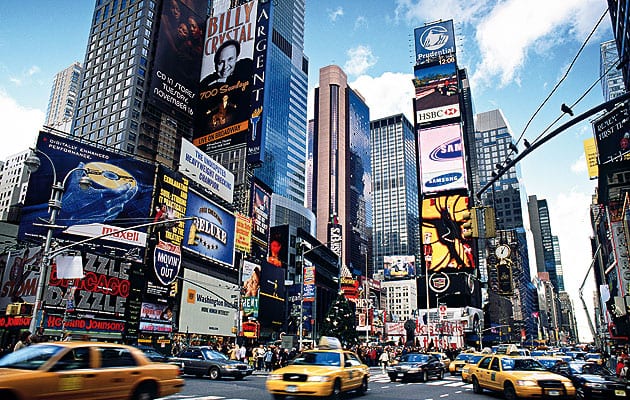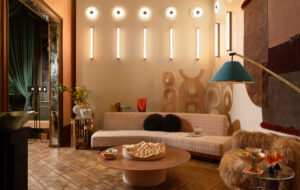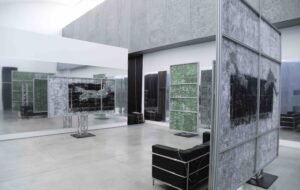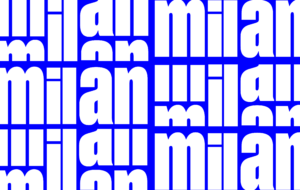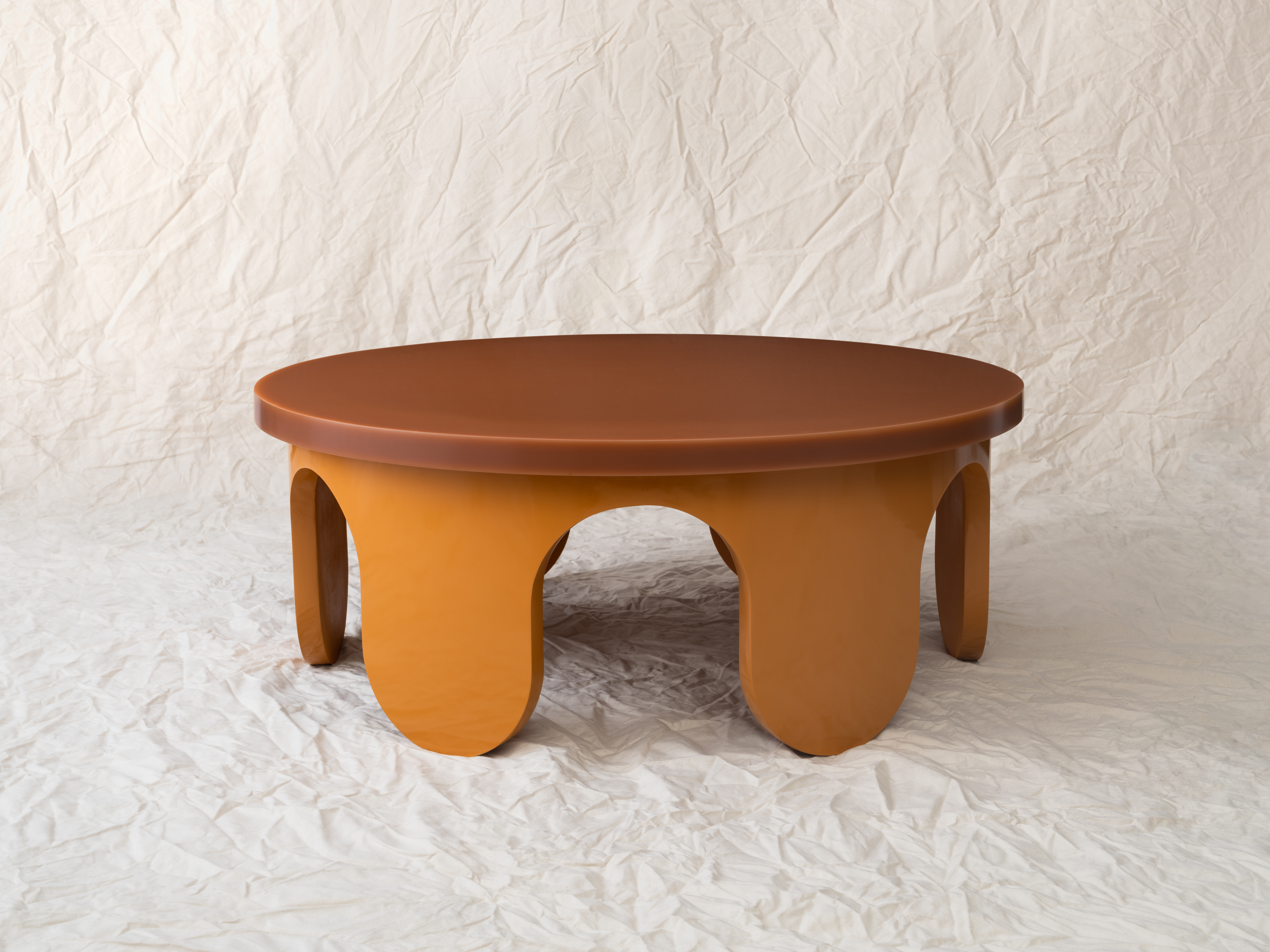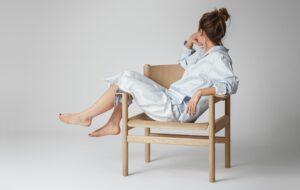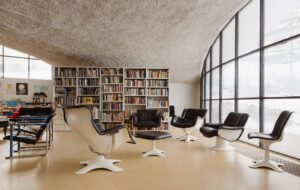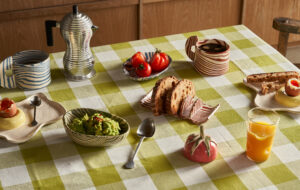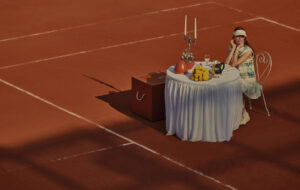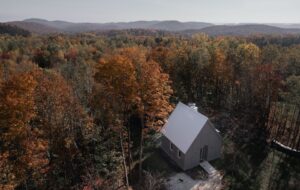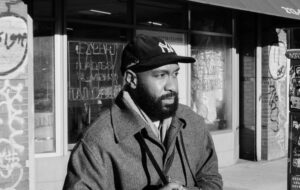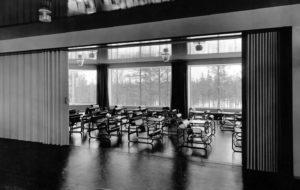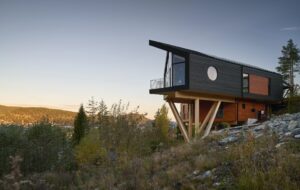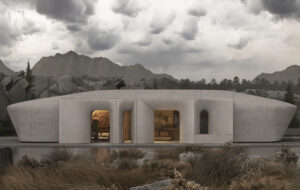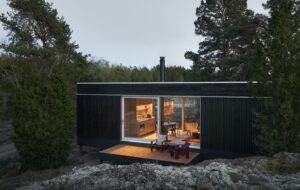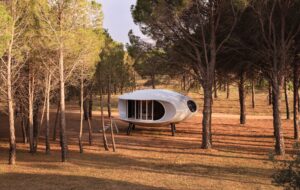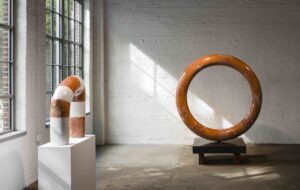|
|
||
|
Times Square is light, noise, vice, glamour, chintzy souvenirs and overpriced food. Mostly it’s traffic, in the word’s original sense of exchange, largely in images. It’s New York’s most recognisable neighbourhood, though no longer its filthiest. Newcomers go there; natives usually steer clear. But under Mayor Bloomberg’s PlaNYC, a citywide effort to turn public spaces green while accommodating a million new residents by 2030, Times Square is becoming less of a place to move through and more of a place to be. Earlier this summer cars were cut out of the picture. You know the place even if you’ve never been there: the lights, the theatres, the hookers – until Rudy Giuliani drove them off to Queens. The bada-bing faux-elegance of Damon Runyon and Busby Berkeley. The New Year’s ball-drop. The V-J Day sailor kissing a random nurse. Tony Curtis and Burt Lancaster snorting The Sweet Smell of Success. Travis Bickle’s “real rain”. The Clash at Bond’s. The Disneyfication, which tourists don’t notice and locals lament. Much of what anyone learns from Las Vegas, Las Vegas first learned here. Times Square is bright and loud by design: to preserve the “bowl of light”, zoning makes aggressive signage (“spectaculars”) mandatory, measuring minimum glow by the LUTS, or Light Unit Times Square. What’s called Times Square is actually two plazas, Times Square and Duffy Square to the north, forming a five-block bowtie along Broadway and Seventh Avenue from 42nd to 47th. It owes its role as “crossroads of the world” to the intersecting communication, transportation, and entertainment industries. In 1904, as the Interborough Rapid Transit subway was opening, New York Times owner Alfred Ochs commemorated his paper’s move to Long Acre Square with a New Year’s Eve street celebration. Mayor George McClellan renamed the square and electrified signs appeared the same year. New Year’s throngs became a tradition, and Times Square became the centre of a city unified by revelry, spectacle and trains. The paper stepped aside from its namesake neighbourhood in 1914, first to West 43rd then two years ago to Renzo Piano’s Eighth Avenue building. But theatre lights, crowds and ever-cleverer billboards – a giant Camel smoker blowing rings, a steaming cup of A&P coffee – made Times Square memorable. A nodal position in the transit system made it accessible, but the encroachments of King Car made it steadily less habitable. Broadway (an American Indian trail long before the street grid) is troublesome for cars. The points where the diagonal crosses the north-south avenues disrupt the grid’s stoplight rhythms. For pedestrians, the pinchpoints at Times, Herald and Madison Squares are excellent places to die. To transportation commissioner Janette Sadik-Kahn and consultant Jan Gehl, streets are for people, bikes and vehicles – in that order. Broadway’s new car-free plazas shift the balance while simplifying flow on cross-streets – and, following a pilot project at 23rd, Times and Herald Squares are the latest spaces to welcome the lounge chair and reject the bucket seat. Despite some grumbling, the transition looks peaceful: Street crime remains low while trade enjoys a boost: pedestrians outspend zoomers-through. Studies between now and December will determine whether car-freedom becomes permanent. A few tweaks would help – particularly shade. The sidewalk ticket-hawkers, street performers and ranters appear spectacle enough for an ample lounge-chair audience, a no-cost alternative to the high-ticket musicals nearby. Making sure this show has a long run will take smart design. Mostly, it’ll take openness to some new version of the old Times Square’s freaky charm. |
Words Bill Millard |
|
|
||

